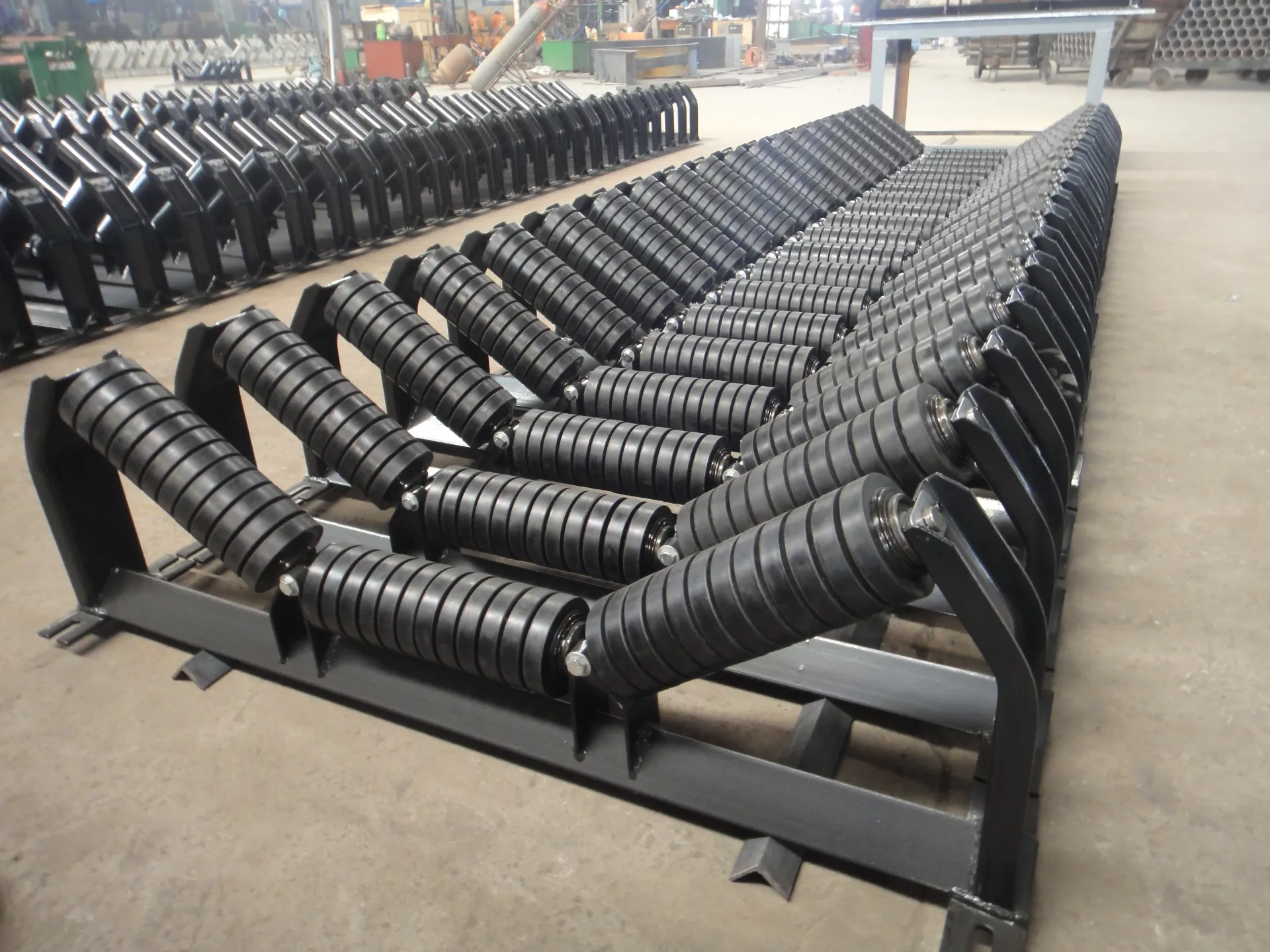 Afrikaans
Afrikaans  Albanian
Albanian  Amharic
Amharic  Arabic
Arabic  Armenian
Armenian  Azerbaijani
Azerbaijani  Basque
Basque  Belarusian
Belarusian  Bengali
Bengali  Bosnian
Bosnian  Bulgarian
Bulgarian  Catalan
Catalan  Cebuano
Cebuano  Corsican
Corsican  Croatian
Croatian  Czech
Czech  Danish
Danish  Dutch
Dutch  English
English  Esperanto
Esperanto  Estonian
Estonian  Finnish
Finnish  French
French  Frisian
Frisian  Galician
Galician  Georgian
Georgian  German
German  Greek
Greek  Gujarati
Gujarati  Haitian Creole
Haitian Creole  hausa
hausa  hawaiian
hawaiian  Hebrew
Hebrew  Hindi
Hindi  Miao
Miao  Hungarian
Hungarian  Icelandic
Icelandic  igbo
igbo  Indonesian
Indonesian  irish
irish  Italian
Italian  Japanese
Japanese  Javanese
Javanese  Kannada
Kannada  kazakh
kazakh  Khmer
Khmer  Rwandese
Rwandese  Korean
Korean  Kurdish
Kurdish  Kyrgyz
Kyrgyz  Lao
Lao  Latin
Latin  Latvian
Latvian  Lithuanian
Lithuanian  Luxembourgish
Luxembourgish  Macedonian
Macedonian  Malgashi
Malgashi  Malay
Malay  Malayalam
Malayalam  Maltese
Maltese  Maori
Maori  Marathi
Marathi  Mongolian
Mongolian  Myanmar
Myanmar  Nepali
Nepali  Norwegian
Norwegian  Norwegian
Norwegian  Occitan
Occitan  Pashto
Pashto  Persian
Persian  Polish
Polish  Portuguese
Portuguese  Punjabi
Punjabi  Romanian
Romanian  Russian
Russian  Samoan
Samoan  Scottish Gaelic
Scottish Gaelic  Serbian
Serbian  Sesotho
Sesotho  Shona
Shona  Sindhi
Sindhi  Sinhala
Sinhala  Slovak
Slovak  Slovenian
Slovenian  Somali
Somali  Spanish
Spanish  Sundanese
Sundanese  Swahili
Swahili  Swedish
Swedish  Tagalog
Tagalog  Tajik
Tajik  Tamil
Tamil  Tatar
Tatar  Telugu
Telugu  Thai
Thai  Turkish
Turkish  Turkmen
Turkmen  Ukrainian
Ukrainian  Urdu
Urdu  Uighur
Uighur  Uzbek
Uzbek  Vietnamese
Vietnamese  Welsh
Welsh  Bantu
Bantu  Yiddish
Yiddish  Yoruba
Yoruba  Zulu
Zulu ceramic lagging conveyor pulley
Ceramic Lagging Conveyor Pulleys Enhancing Efficiency and Durability in Material Handling
In the realm of material handling, conveyor systems play a crucial role in the efficient movement of goods and materials across various industries. A critical component of these systems is the conveyor pulley, which serves as the driving force behind the conveyor belt's motion. In recent years, ceramic lagging has emerged as a significant innovation in pulley design, providing enhanced performance and longevity. This article delves into the advantages of ceramic lagging conveyor pulleys and their impact on industrial operations.
What is Ceramic Lagging?
Ceramic lagging refers to the application of ceramic tiles or materials to the surface of a conveyor pulley. This layer of ceramic is designed to improve the pulley’s grip on the conveyor belt, reduce slippage, and enhance overall efficiency. Unlike traditional rubber lagging, ceramic lagging withstands wear and tear more effectively, making it ideal for challenging environments where abrasion and impact are commonplace.
Key Benefits of Ceramic Lagging Conveyor Pulleys
1. Enhanced Traction
One of the primary benefits of ceramic lagging is its excellent traction capabilities. The ceramic surface provides a higher coefficient of friction compared to conventional lagging materials, which translates into better grip on the belt. This improved traction helps to prevent slippage, particularly in applications involving heavy loads or steep inclines, thereby optimizing the conveyance of materials and reducing potential operational disruptions.
Ceramic materials are known for their superior hardness and resistance to wear. When used as lagging on conveyor pulleys, they significantly extend the lifespan of the pulley itself. This durability translates to less frequent replacements, reduced maintenance costs, and minimized downtime in production processes. In environments where abrasives, such as sand or gravel, are present, ceramic lagging performs exceptionally well, maintaining its integrity far longer than standard rubber options.
ceramic lagging conveyor pulley

3. Improved Resistance to Environmental Conditions
Ceramic lagged pulleys exhibit remarkable resistance to various environmental factors, including extreme temperatures, chemicals, and moisture. This resilience makes them suitable for a wide range of applications, from mining and aggregate processing to food production and pharmaceuticals. Their ability to perform in harsh settings ensures consistent reliability of conveyor systems, which is vital for maintaining production schedules.
4. Reduced Noise and Vibration
Another advantage of ceramic lagging is its ability to dampen noise and vibration during operation. This not only contributes to a more comfortable workplace environment but also helps to decrease the overall mechanical stress on conveyor components. A quieter operation can lead to better employee satisfaction and reduced fatigue, fostering a more productive work environment.
5. Easier Maintenance and Installation
Ceramic lagging can often be applied directly to existing pulleys without the need for extensive modifications or replacements. This ease of installation can significantly reduce labor costs and downtime associated with maintenance. Furthermore, once installed, maintaining ceramic lagged pulleys can be simpler, as their durability means they require less frequent attention and can withstand harsher cleaning processes.
Conclusion
As industries continue to seek higher efficiency and lower operational costs, ceramic lagging conveyor pulleys stand out as a solution that meets these demands. Their superior traction, enhanced durability, resistance to environmental conditions, and reduced noise levels make them an attractive choice for various applications. Companies investing in ceramic lagged pulleys can expect improved productivity, lower maintenance expenses, and increased reliability in their material handling operations.
In conclusion, the integration of ceramic lagging into conveyor pulley design represents a forward-thinking approach to addressing the challenges of modern industrial logistics. As technology advances, it is likely that we will see further innovations in conveyor systems, yet ceramic lagging undoubtedly stands as a leading choice for businesses aiming to optimize their material handling processes today.
-
Revolutionizing Conveyor Reliability with Advanced Rubber Lagging PulleysNewsJul.22,2025
-
Powering Precision and Durability with Expert Manufacturers of Conveyor ComponentsNewsJul.22,2025
-
Optimizing Conveyor Systems with Advanced Conveyor AccessoriesNewsJul.22,2025
-
Maximize Conveyor Efficiency with Quality Conveyor Idler PulleysNewsJul.22,2025
-
Future-Proof Your Conveyor System with High-Performance Polyurethane RollerNewsJul.22,2025
-
Driving Efficiency Forward with Quality Idlers and RollersNewsJul.22,2025





























